While researching plant-based recipes to make for the week (yep, that's what I love to do on Saturday nights because I'm cool like that), I came upon a YouTube channel about eating high-carb, low-fat (HCLF) vegan [1]. I got sucked in and watched a ton of videos, because I loved the idea that I could eat all the fruit and whole grains I wanted, especially in this low-carb-obsessed world we live in. If being healthy and losing weight eating pasta, potatoes, and bananas seems awesome to you, keep reading to learn all about the HCLF vegan lifestyle and how it can offer health benefits as well as help you lose weight.

What is High Carb Low Fat (HCLF) Vegan?
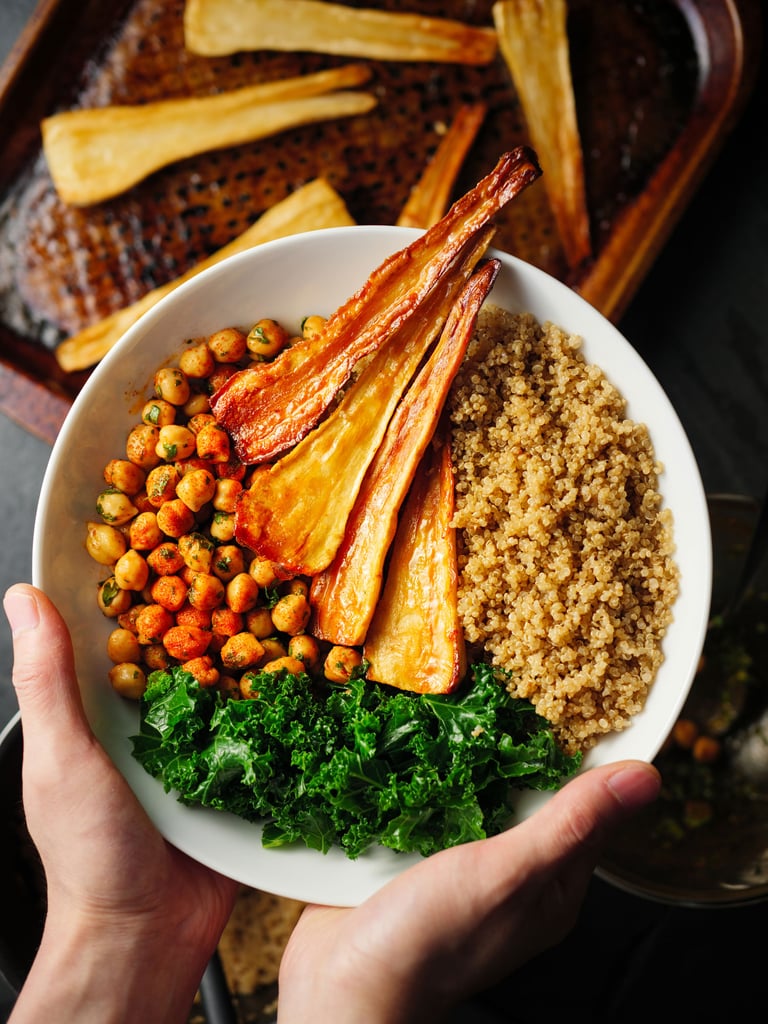
HCLF vegan is a whole foods, plant-based diet [3] that involves eating mostly carbs and limited fats, explained registered dietitian Jessica Levings, MS, RD of Balanced Pantry [4]. The macro breakdown is about 75 to 80 percent carbs, 10 to 15 percent protein, and 10 to 15 percent fats.
There are several ways people can follow this diet, including only eating raw fruits and veggies [5], eating mostly raw fruit and veggies with a small amount of cooked food like whole grains, eating Raw Till 4 [6] (meaning eating raw, unprocessed foods until 4:00 p.m.), or eating a starch-rich diet [7] including tons of foods like potatoes, winter squashes, whole grains, and whole grain pasta and bread.
What Can You Eat on a HCLF Vegan Diet?
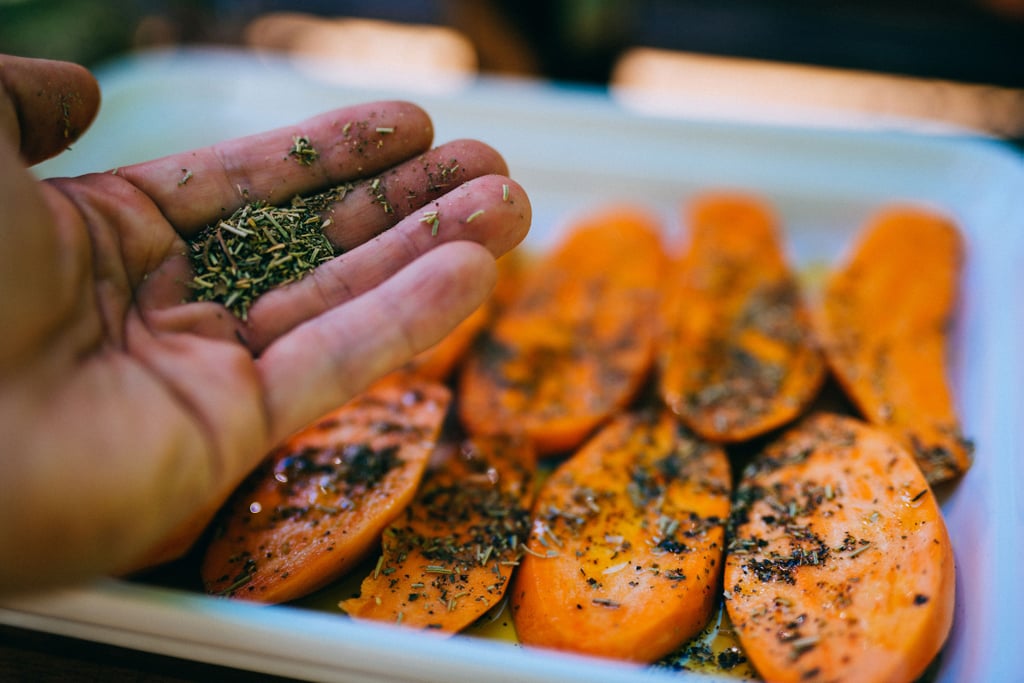
Jessica said here's a list of all the foods you can eat on a HCLF vegan diet [8]. If you are going all raw, you obviously would not eat the cooked foods listed below.
- All fruits including (but not limited to) bananas, melon, apples, oranges, berries, grapes, pineapple, stone fruit, and dates.
- All veggies including (but not limited to) leafy greens, broccoli, courgette, cabbage, cauliflower, carrots, beets, corn, mushrooms, onions, aubergine, and tomatoes.
- Starchy veggies including potatoes, sweet potatoes, and winter squash.
- Whole grains including oats, quinoa, rice, barley, buckwheat, and millet.
- Whole-grain pasta and bread.
- All beans, peas, lentils.
What Should You Avoid on a HCLF Vegan Diet?
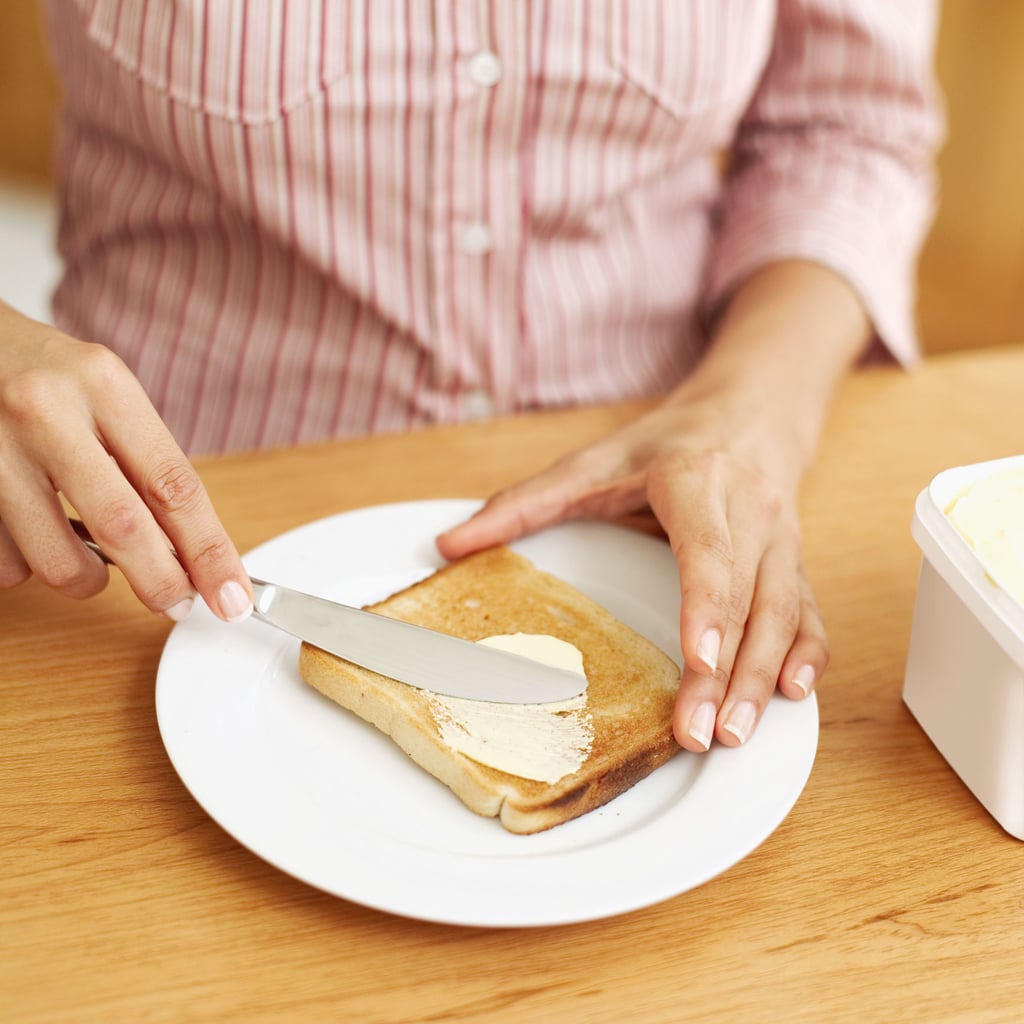
When eating HCLF vegan, you should avoid or severely limit:
- All meat including seafood, poultry, and beef.
- Dairy products, eggs, honey, and gelatin.
- Plant-based margarine and other oils.
- Sweeteners.
- Processed foods like cookies, chips, soda, and candy.
This is a whole foods, vegan diet, so basically you don't eat animal products, and you limit processed foods and sugar.
Benefits of a HCLF Vegan Diet

Here are some reasons to try a HCLF vegan diet:
- Whole plant foods are more nutrient-dense than processed foods, which can boost your immune system [9]. Studies even show a plant-based diet can prevent heart disease [10].
- Whole plant foods are low in calories and offer tons of fibre, so eating them allows you to consume fewer calories and feel fuller, which research has shown can help you lose weight [11] (if that's your goal). Fibre is also great for digestion and for preventing constipation and bloating.
- You get to eat carbs! This includes all the foods that popular low-carb diets say are off limits, so you can enjoy whole grains, fruits, pasta, bread, and even (vegan) pizza.
- Carbs offer your body fuel [12], so you'll feel energized for workouts (and life in general).
What Would a Day of HCLF Vegan Look Life?
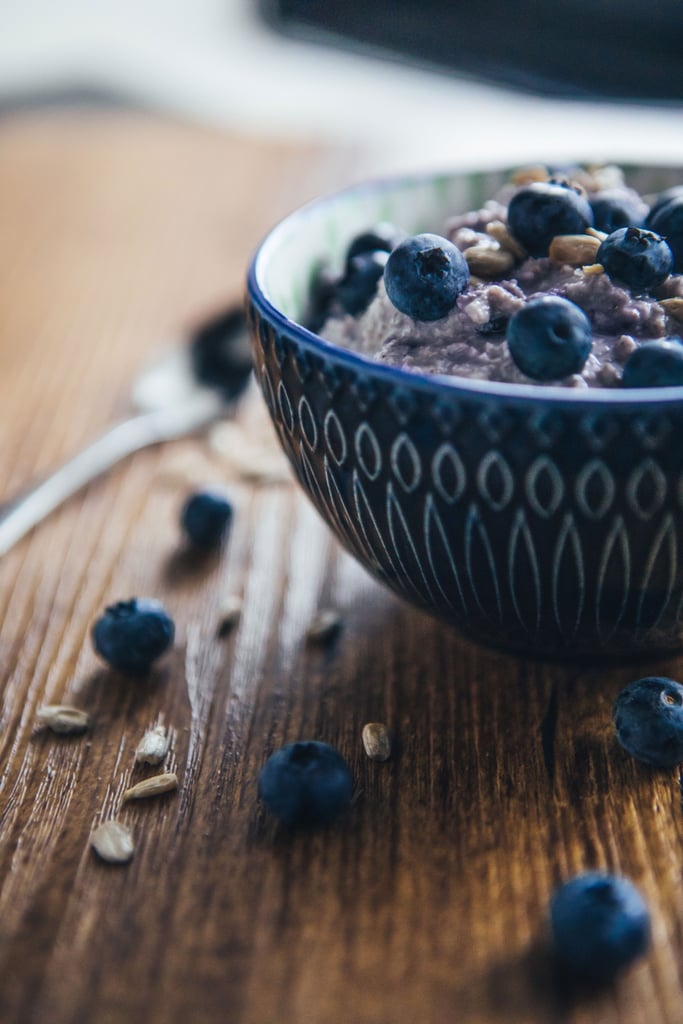
You may be wondering what a person would eat on a HCLF vegan diet. Here's an example of a day:
Breakfast: oatmeal with fruit (a tiny bit of nuts and seeds on top is OK).
Morning snack: apple slices sprinkled with cinnamon and chopped dates.
Lunch: kale salad with bell pepper, celery, cucumbers, carrots, cherry tomatoes, sliced strawberries, chickpeas, quinoa, and baked sweet potato.
Afternoon snack: overnight oats banana smoothie. [13]
Dinner: whole wheat pasta with lentils and tomato sauce.
Dessert: frozen cherry nice cream [14].
How to Avoid Weight Gain on a HCLF Vegan Diet
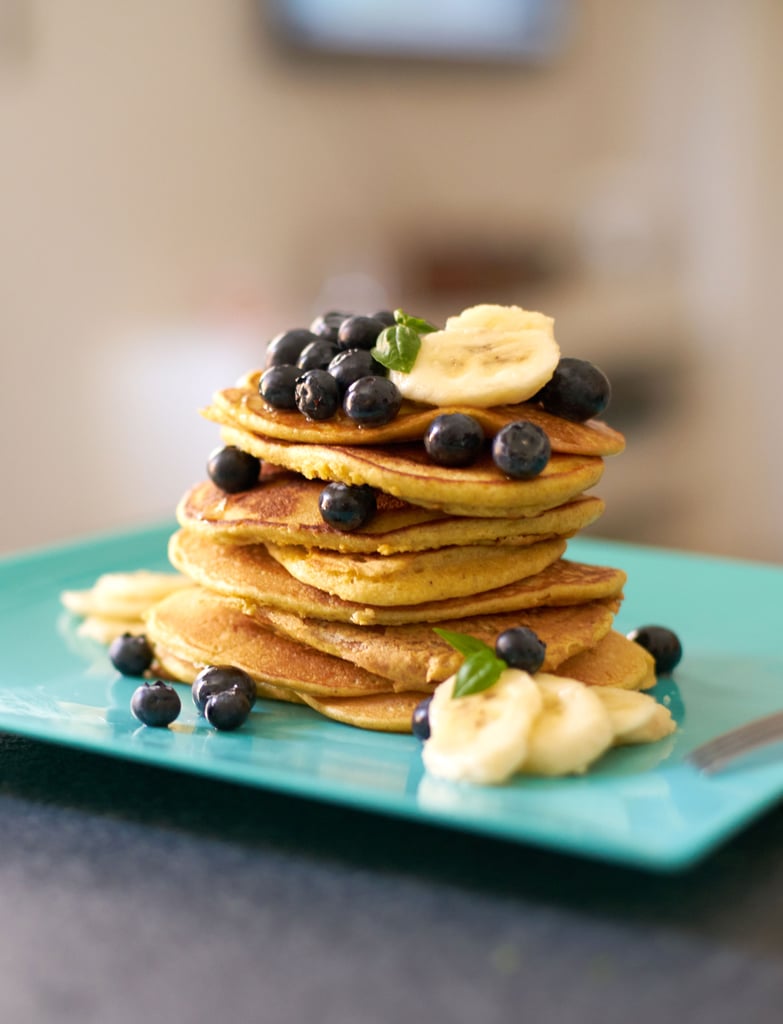
Your first question may be, "Wait, I thought eating too many carbs caused weight gain? Isn't that why so many people eat a low-carb diet to lose weight?," but what sets the HCLF vegan diet apart from other diets is that you're focusing on whole-food sources of carbs such as fruits, whole grains, and veggies, and these contain fibre. Fibre in these foods will fill you up more than eating refined carbs like white bread or cookies.
Aside from avoiding refined grains and sugar, here are some other things to consider if you want to avoid weight gain when eating a HCLF vegan diet:
- Although whole grain flours are allowed, if your diet consists mainly of pancakes, bread, pasta, and muffins, for one, you won't feel very good. Also, since these are high in calories without offering you filling fibre, registered dietitian Leslie Langevin, MS, author of The Anti-Inflammatory Kitchen Cookbook [15] said you won't feel as satisfied, so you'll reach for more food.
- While avocado, nuts, seeds, and the butters made from them like almond butter and tahini are allowed, they should be consumed in moderation. Grabbing handful after handful of raw almonds adds up in the calorie department!
- Don't overeat. Be mindful of the hunger scale [16] and eat until you're satisfied but not stuffed.
- Be mindful of your macros [17], and track them at first to make sure you're actually eating low-fat. If you're eating high-fat and high-carb, you'll likely gain weight.
- Your diet should be mostly whole foods, so even though a cookie, chocolate, or ice cream might be vegan, these types of processed foods should be limited.
- Make sure you're feeling satisfied emotionally and physically, and vary your diet to prevent boredom. Eating HCLF should be enjoyable, and if it's not, you might end up bingeing on foods that are not part of the HCLF vegan diet, which could result in weight gain.
What Registered Dietitians Thinks About a HCLF Vegan Diet
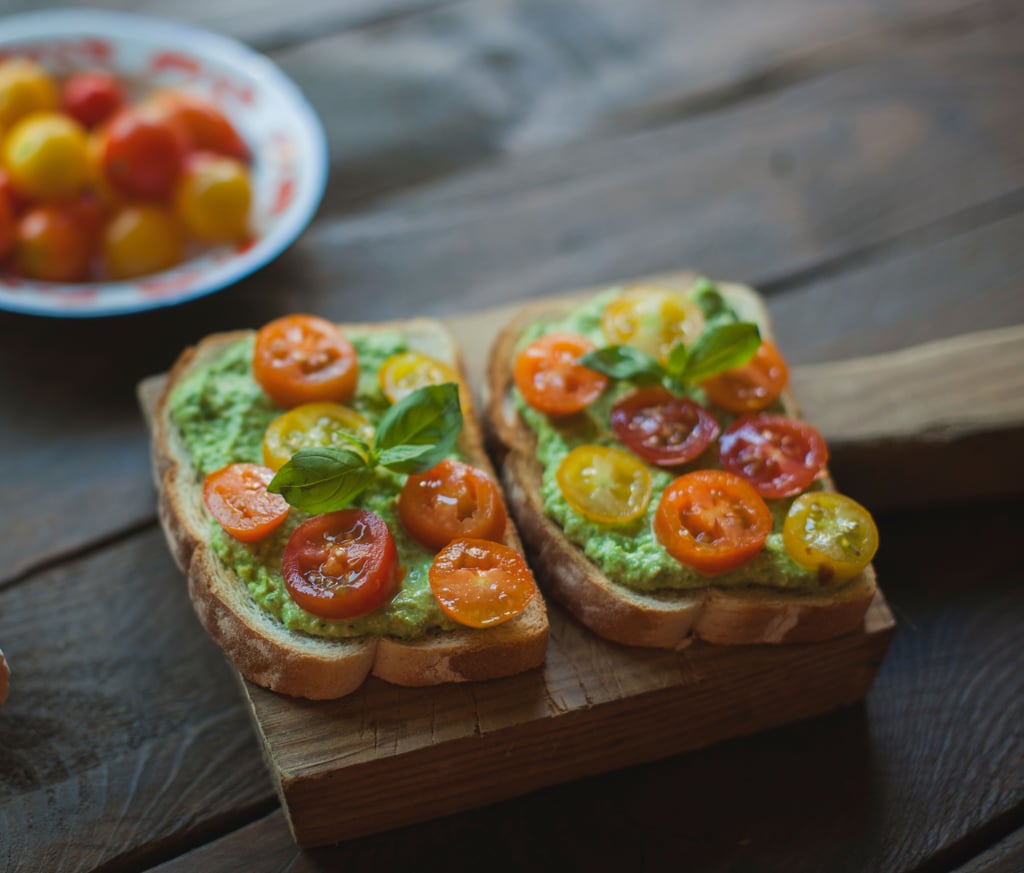
Research has shown that the high-carb low-fat vegan diet can help people who are already overweight lose weight [18], said Jessica. In addition to being lower in calories than the traditional Western diet, the HCLF vegan diet is high in soluble and insoluble fibre, which both increase feelings of fullness and help to reduce hunger, which typically causes you to eat less.
However, research on which this diet is based includes a fat intake of only about 20 to 30 grams per day. Jessica said that current recommendations for dietary fat intake suggest a higher level — between 44 and 78 grams for someone eating a 2,000-calorie daily diet. Fat is also satiating so it helps keep you full, and not eating enough fat could lead to nutrient deficiencies from not getting enough fat soluble vitamins (A, D, E and K).
She added that protein needs start at about 0.8 grams per kilogram of body weight daily and trend upward depending on gender, activity level, body weight, and other factors. As far as carbs go, a general range for intake is 45 to 65 percent of calories, which is about about 225-335 grams of carbohydrate daily.
The bottom line is eating a more whole, plant-based diet is a healthy way to eat, since it encourages a person to eat vitamin- and fibre-rich fruits, veggies, and whole grains. But eating a balanced diet is essential for optimal health. For a general macro breakdown for meals, registered dietitian Leslie Langevin, MS, author of The Anti-Inflammatory Kitchen Cookbook [19] recommends dividing your plate into: half plate low-carb veggies, one-quarter plate protein, and one-quarter plate carbs plus fat.
Everyone has individual needs and goals, so if you're looking to lose weight, have more energy, gain muscle (or all three!), both Jessica and Leslie agree that the best thing to do is to meet with a registered dietitian to figure out the best nutrition plan for you.